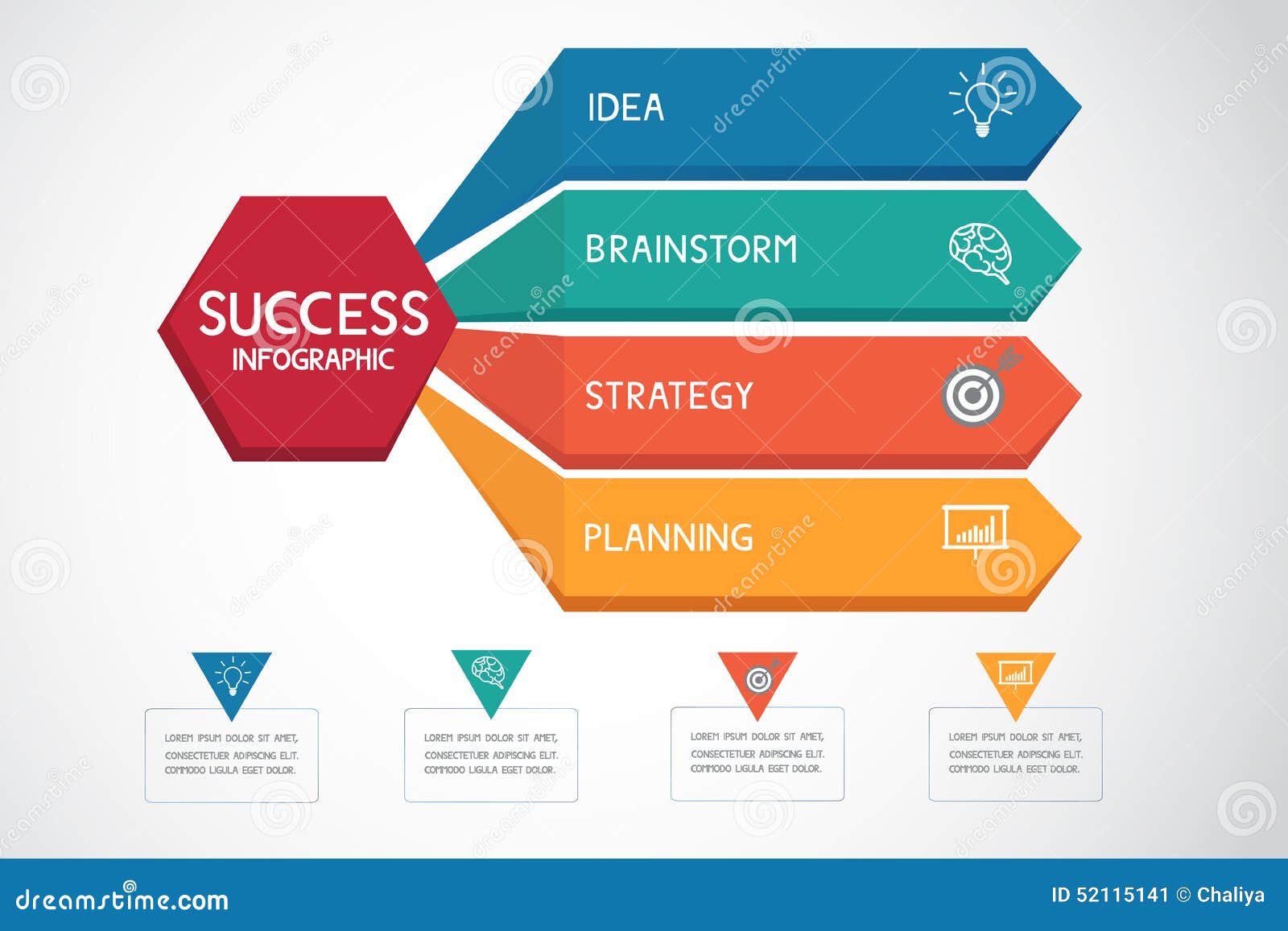Interested In Learning How Internet Site Layout Has Evolved? Take A Trip With The Transformation
Interested In Learning How Internet Site Layout Has Evolved? Take A Trip With The Transformation
Blog Article
Content Writer-Hartley Trolle
In the past, sites were simple and concentrated on information. Navigating was straight, and layout was for desktops. Currently, individual experience is key. Information guides styles for easy navigating. Receptive layouts match various tools. Today, dark setting reduces pressure, and minimalist food selections boost navigating. Interactive functions involve individuals, and vibrant visuals stick out. AI combination improves involvement. See exactly how layout has evolved to boost your on-line trip.
Early Days of Web Design
In the early days of web design, simplicity reigned supreme. Websites were fundamental, with restricted shades, fonts, and formats. The emphasis was on giving information as opposed to showy visuals. Users accessed the web with slow-moving dial-up connections, so rate and functionality were vital.
Navigating food selections were straightforward, usually located on top or side of the page. Websites were created for computer, as mobile browsing had not been yet prevalent. Material was king, and designers prioritized simple readability over complicated layout elements.
HTML was the primary coding language made use of, and developers had to work within its constraints. https://www.searchenginejournal.com/create-google-friendly-content-similarweb/442393/ and interactive functions were minimal compared to today's requirements. Websites were static, with little dynamic material or personalized customer experiences.
Rise of User-Focused Design
With the evolution of website layout, a change towards user-focused design concepts has actually become progressively noticeable. Today, developing internet sites that focus on user experience is vital for engaging site visitors and achieving company goals. User-focused design entails understanding the needs, choices, and actions of your target market to tailor the web site's design, content, and features accordingly.
Developers now perform extensive study, such as individual studies and use testing, to collect understandings and responses directly from customers. visit the up coming website -driven approach assists in creating user-friendly navigating, clear calls-to-action, and aesthetically appealing user interfaces that resonate with visitors. By putting the user at the center of the layout procedure, websites can supply a more tailored and satisfying experience.
Receptive style has likewise emerged as a vital facet of user-focused style, making sure that web sites are optimized for different gadgets and display sizes. This versatility improves accessibility and functionality, catering to the diverse ways customers interact with sites today. Essentially, the surge of user-focused style symbolizes a change towards creating electronic experiences that prioritize the needs and assumptions of completion user.
Modern Trends in Website Design
Explore the latest fads forming web design today. One prominent trend is dark mode layout, using a sleek and contemporary appearance while decreasing eye pressure in low-light atmospheres. One more essential fad is minimal navigating, simplifying menus and enhancing customer experience by concentrating on essential elements. Integrating micro-interactions, such as computer animated buttons or scrolling impacts, can develop a much more engaging and interactive web site. Receptive layout remains critical, making certain seamless customer experiences across numerous gadgets. In addition, making use of strong typography and asymmetrical designs can add aesthetic passion and accentuate specific web content.
Integrating AI modern technology, like chatbots for client support or tailored referrals, improves customer engagement and improves processes. Availability has also become a substantial pattern, with designers focusing on inclusive design methods to deal with varied individual needs. Welcoming sustainability by optimizing internet site performance for speed and performance is an additional emerging pattern in web design. Working together with user feedback and information analytics to iterate and improve layout continually is vital for remaining appropriate in the ever-evolving electronic landscape. By embracing these contemporary patterns, you can produce an aesthetically enticing, straightforward web site that reverberates with your target market.
Conclusion
As you review the evolution of web site design from the early days to currently, you can see exactly how user-focused design has come to be the driving pressure behind modern-day trends.
Welcome the trip of change and adjustment in website design, constantly maintaining the customer experience at the forefront.
Stay existing with the most recent trends and technologies, and never ever stop progressing your approach to develop visually sensational and easy to use web sites.
Evolve, adjust, and produce - the future of web design remains in your hands.
